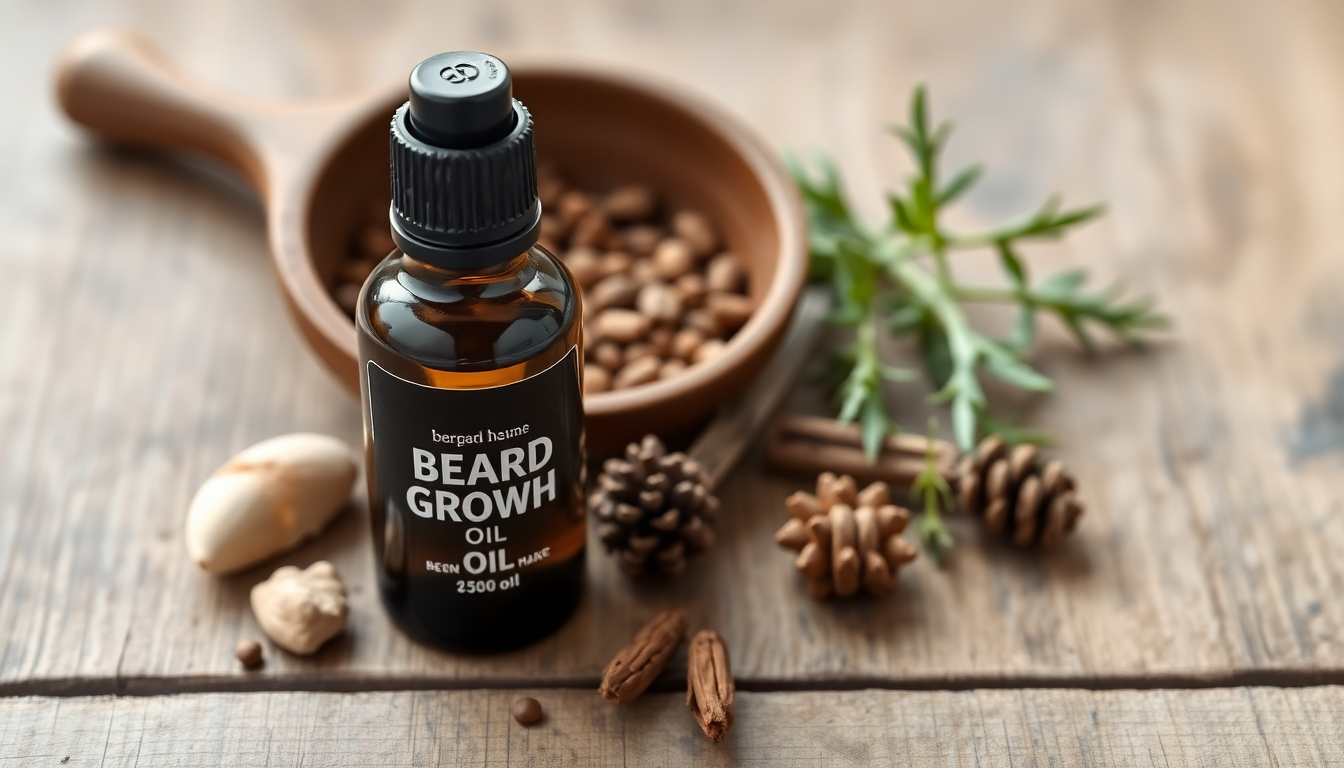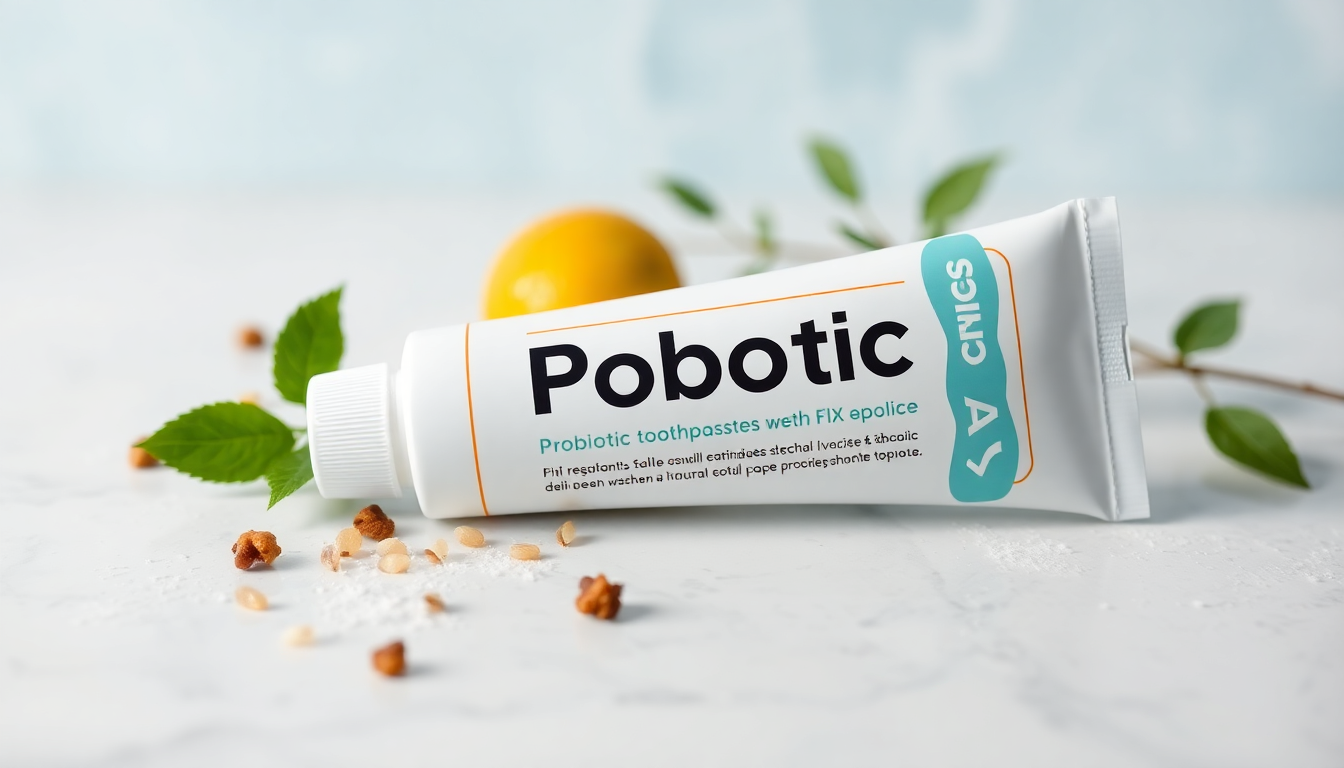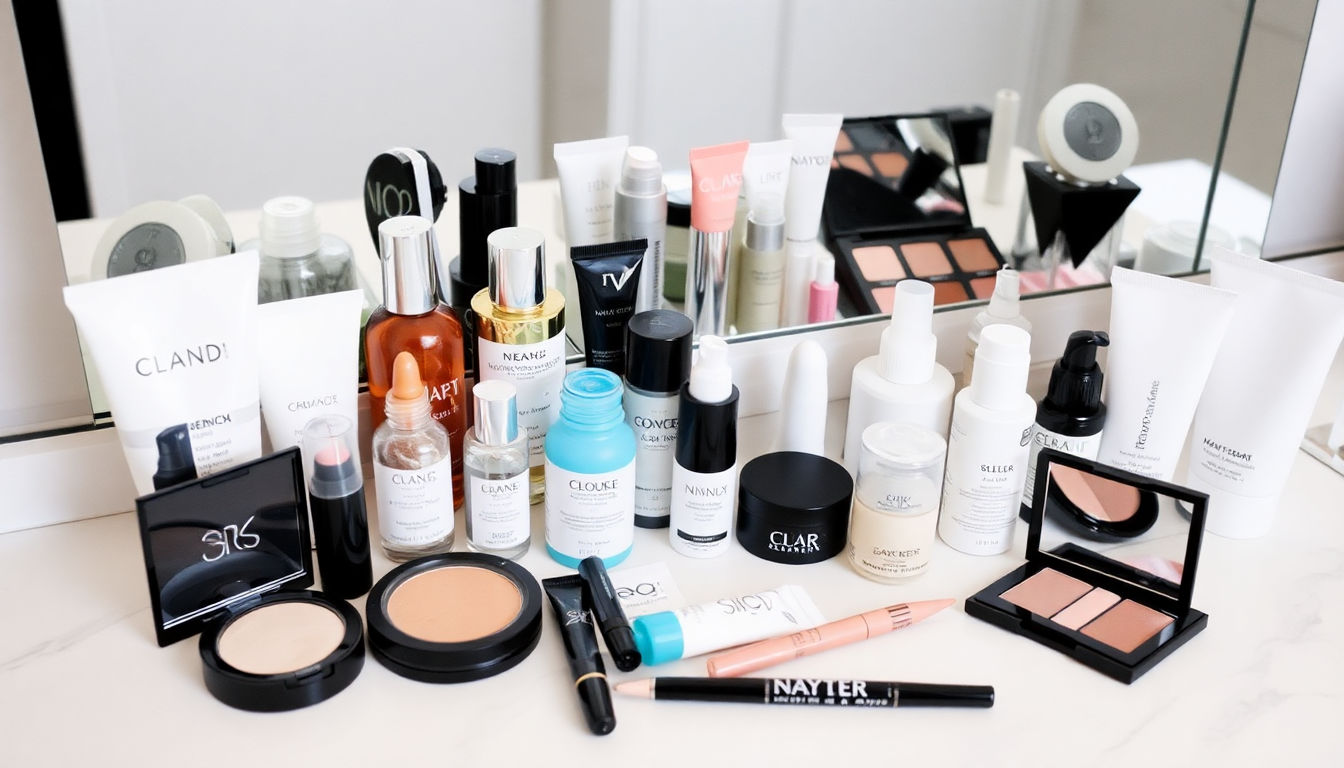Introduction: The Rising Popularity of Beard Growth Oils in 2025
In recent years, the grooming industry has witnessed an unprecedented surge in demand for beard care products, especially beard growth oils. Marketed as miracle solutions that can transform patchy, thin facial hair into a thick, luscious beard, these products promise to stimulate dormant hair follicles and accelerate growth. But as we progress through 2025, it is crucial to separate marketing hype from scientific fact. This comprehensive expert analysis dives deep into the biology of beard growth, the composition of beard oils, and their real-world effectiveness in stimulating hair follicles.
The Science Behind Beard Growth: Hormones, Genetics, and Follicle Activity
Understanding whether beard growth oils can stimulate hair follicles first requires a grasp of the biological mechanisms governing facial hair growth. Beard development is primarily regulated by androgen hormones, particularly testosterone and its more potent derivative, dihydrotestosterone (DHT). The enzyme 5-alpha reductase converts testosterone to DHT, which then binds to androgen receptors in hair follicles located on the face.
This binding activates hair follicles, promoting the transition from vellus (fine, light) hair to terminal (thicker, pigmented) hair. However, the sensitivity of hair follicles to DHT varies among individuals and is largely determined by genetics. This explains why some men develop full beards naturally, while others experience patchiness or slower growth.
Moreover, the hair growth cycle consists of three phases: anagen (growth), catagen (transitional), and telogen (resting). The length and quality of the anagen phase largely dictate beard length and density. External factors such as stress, nutrition, and skin health also influence these phases.
What Are Beard Growth Oils? Ingredients and Their Intended Benefits
Beard growth oils are blends of carrier oils, essential oils, vitamins, and sometimes active compounds aimed at supporting beard health. While their primary function is to hydrate and condition, manufacturers often claim they can stimulate hair follicles to boost growth. Let’s analyze the most common ingredients found in these oils and their purported roles:
- Jojoba Oil: Structurally similar to human sebum, jojoba oil moisturizes skin and hair without clogging pores, reducing dryness and flakiness.
- Argan Oil: Rich in antioxidants and vitamin E, argan oil strengthens hair strands and improves elasticity, reducing breakage.
- Castor Oil: Known for its thick texture and ricinoleic acid content, castor oil is believed to improve circulation to hair follicles and promote thickness.
- Biotin (Vitamin B7): Biotin plays a role in keratin synthesis, essential for hair structure. Some topical products include biotin, though absorption efficacy remains under study.
- Vitamin E: An antioxidant that helps repair and maintain skin health, crucial for follicle function.
- Essential Oils (e.g., Rosemary, Peppermint, Tea Tree): These oils may improve scalp and skin circulation, have antimicrobial properties, and invigorate the skin to create a healthier follicle environment.
- Caffeine Extract: Some formulations incorporate caffeine, which in studies on scalp hair has shown potential to prolong the anagen phase.
Do These Ingredients Actually Stimulate Hair Follicles? Scientific Evidence and Expert Opinions
While the nourishing and conditioning benefits of these oils are well-recognized, their ability to directly stimulate dormant or weak hair follicles is less clear and subject to ongoing research. Here is what current science suggests:
1. Nourishment vs. Stimulation
Most beard growth oils work by improving skin and hair health, which indirectly supports hair growth. Healthy skin ensures follicles operate optimally. Oils like jojoba and argan hydrate and protect the skin barrier, which can reduce follicle irritation and hair shaft breakage.
2. Castor Oil and Ricinoleic Acid
Castor oil is one of the most popular ingredients claimed to stimulate beard growth. Ricinoleic acid, its main fatty acid, has anti-inflammatory and antimicrobial properties and may improve blood circulation when massaged into the skin. Enhanced circulation theoretically supports nutrient delivery to hair follicles. However, robust clinical trials confirming castor oil’s efficacy in stimulating facial hair follicles are lacking.
3. Biotin’s Role in Hair Growth
Biotin deficiency is linked to hair thinning, but true deficiencies are rare. While oral biotin supplementation is popular, topical application’s effectiveness is uncertain due to skin’s barrier properties. Nonetheless, biotin-enriched oils can contribute to overall hair strength and quality.
4. Essential Oils and Circulation
Essential oils like rosemary and peppermint have shown promising results in small-scale studies for scalp hair growth by increasing blood flow and stimulating follicles. Applying similar principles to beard care suggests potential benefits, but more targeted research is needed.
5. Limitations Due to Genetics and Hormones
No topical product can override genetic predispositions or hormonal influences. Men with low facial follicle sensitivity to DHT or limited follicle density may not experience significant changes from beard growth oils alone.
How to Maximize the Benefits of Beard Growth Oils
Even if beard growth oils do not guarantee new hair follicle activation, they remain valuable in a well-rounded beard care routine. Here are expert tips for maximizing their benefits:
- Consistency Is Key: Apply daily, preferably after cleansing your face to ensure better absorption.
- Proper Application: Warm a few drops of oil between your palms and massage gently into the beard and underlying skin. This massage can stimulate blood flow.
- Maintain Skin Health: Use gentle cleansers to avoid stripping natural oils, and exfoliate periodically to remove dead skin cells that may clog follicles.
- Complement With Nutrition: A diet rich in vitamins A, C, D, E, biotin, zinc, and omega-3 fatty acids supports hair growth from within.
- Avoid Stress and Maintain Sleep: Chronic stress and poor sleep can disrupt hair cycles and hamper beard growth.
- Be Patient: Facial hair growth cycles can take weeks or months to show noticeable changes.
The Future of Beard Growth Products: Emerging Trends and Innovations
As research progresses, beard growth products are evolving with more scientifically backed ingredients and delivery systems. Some promising directions include:
- Peptide Complexes: These molecules can signal hair follicle cells to enter the growth phase.
- Microneedling Devices: Used alongside topical oils, microneedling may stimulate follicle activation and improve product absorption.
- Stem Cell Technology: Early research is exploring how stem cell factors could rejuvenate aging or dormant hair follicles.
- Personalized Formulations: Customized oils based on individual genetics, skin type, and beard needs.
Conclusion: Realistic Expectations for Beard Growth Oil in 2025
Beard growth oils should be seen as supportive grooming tools rather than miracle cures. They excel at conditioning the skin and hair, reducing irritation, and potentially enhancing the environment for follicle health, but their ability to directly stimulate new hair growth remains scientifically unproven.
For those seeking to improve beard density and growth, combining beard oils with a holistic approach—including balanced nutrition, hormonal health, proper skincare, and patience—is essential. Consulting a dermatologist or trichologist can provide personalized insights, especially if facial hair growth concerns are significant.
In 2025, beard growth oils remain a valuable part of an effective beard care regimen, promoting healthier, softer, and more manageable facial hair. However, understanding their limitations helps set realistic expectations and encourages smarter grooming decisions.




Оставить комментарий
Все комментарии перед публикацией проверяются.
Этот веб-сайт защищается hCaptcha. Применяются Политика конфиденциальности и Условия использования hCaptcha.